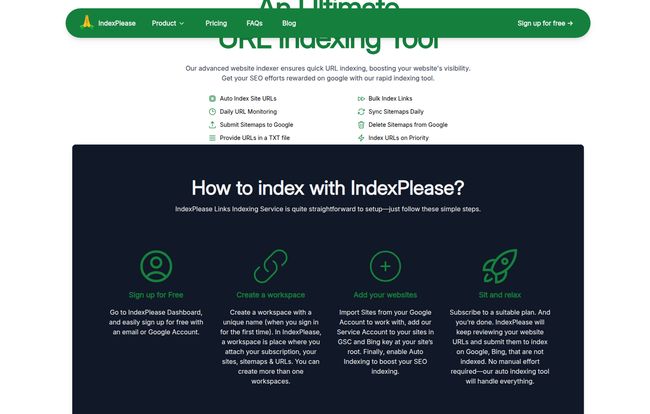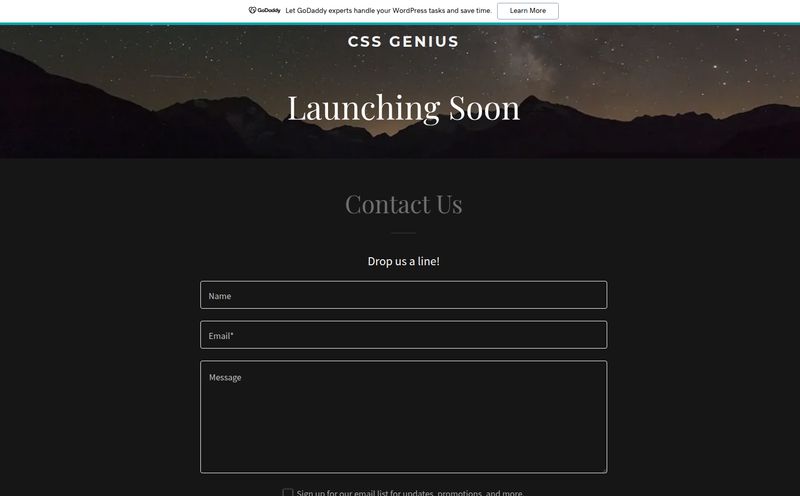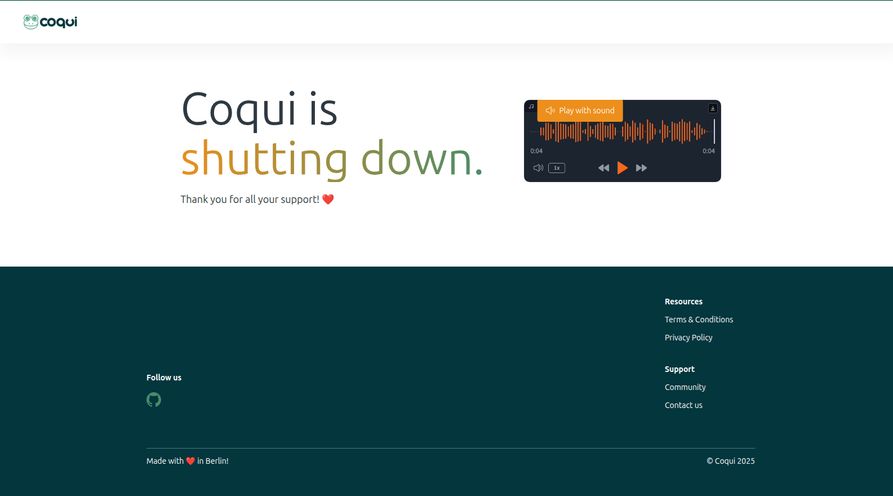You spend hours, maybe even days, crafting the perfect blog post. You hit 'publish,' pour yourself a celebratory coffee, and then... crickets. You check Google Search Console a week later, and there it is. That soul-crushing status:
Discovered – currently not indexed.
It feels like shouting into the void, right? You've built a beautiful ship (your content), but it's stuck in the harbor because Google, the great gatekeeper of the internet sea, hasn't even bothered to look at it. We've all been there. It’s one of the most maddening parts of modern SEO. You can do everything right—great content, solid on-page SEO, good site structure—and still get ghosted by the search bots.
For years, the standard advice was just to "wait." Or manually submit a URL in GSC and hope for the best. But when you're running a business or managing client sites, "hoping" doesn't pay the bills. I was getting tired of the waiting game, so I started looking for a better way. A way to politely, but firmly, knock on Google's door and say, "Hey, I've got something you need to see." That's when I stumbled upon IndexPlease.
So, What Exactly Is IndexPlease?
Okay, cutting through the marketing fluff, IndexPlease is essentially a bouncer for your website's content. Its job is to grab the attention of search engines like Google, Bing, and even others like Yandex and Naver, and make sure they notice your new and updated pages. Instead of waiting for crawlers to eventually find your URLs, this tool sends them a direct invitation. Think of it like getting a Fast Pass at Disney World, but for your URLs.
It automates the process of submitting your pages through official channels, primarily using the Google Indexing API. For those in the know, you'll know Google's API is supposed to be just for job postings and livestream content, but many tools have found it's remarkably effective for general content too. And from what I've seen, it works. It promises to get your pages indexed within 48 hours, which is a pretty bold claim in the SEO world.

Visit IndexPlease
Getting Started: Is It Complicated?
Honestly, I was expecting a headache. I've dealt with tools that require you to be a part-time developer to get them working. I was pleasantly surprised. The setup is straightforward, even if you're not super technical.
It boils down to a few simple steps. You sign up (they have a free option, which is great for kicking the tires). Then you create what they call a 'workspace'—just a fancy name for a project folder for your site. The crucial step is connecting it to your Google Search Console account. This lets the tool see your site and work its magic. Once you've added your site and enabled Auto Indexing, you're pretty much done. You can lean back and let the tool do the heavy lifting. No more manually submitting every single URL. Hallelujah.
My Favorite Features That Actually Save Time
A tool is only as good as its features, and a few of these really stood out to me as genuine time-savers.
The 'Set It and Forget It' Auto-Indexing
This is the star of the show for me. Once you connect your sitemap, IndexPlease will automatically scan for new or unindexed pages and push them for indexing. This is huge. It means you can go back to focusing on what you do best—creating awesome content—without the nagging background task of checking and submitting URLs. It just runs. That's the kind of automation I love.
The Power of Bulk and Manual Indexing
Sometimes, auto isn't enough. Let's say you just did a massive content overhaul, updating 50 old articles. Or you launched a whole new section of your ecommerce site. Instead of waiting for the auto-indexer, you can just grab a list of those URLs and push them all through in one go. It gives you that granular control when you need it, which is perfect for us control-freak SEOs.
Watching the Magic Happen with Indexing History
I'm a data nerd, I admit it. I hate black-box solutions. IndexPlease has a dashboard that shows you a history of what's been submitted and its status. It's not just a vague promise; you can actually see the work being done. This transparency is fantastic for tracking progress and for showing clients tangible results. You can see the graph tick upwards as more of your pages get recognized.
Does It Actually Work? A Look at the Evidence
I can talk all day, but results are what matter. I'm always skeptical of shiny new tools. But the social proof I've seen is pretty compelling. People are genuinely seeing results. You see tweets and testimonials from users who were struggling, just like us.
"Have been using indexplease.com... alongside some SEO improvements. In the past month compared to 3 months, I have gone from: - 60% indexed to 100% - Click through 3.1 > 3.9% - Page views (monthly) 3.2k > 3.8k And that for only one site Validated? YES"
Seeing numbers like that—going from 60% to 100% indexed—is what gets my attention. That's not just a vanity metric; that's potentially 40% more of your website that can now rank and bring in traffic. That's huge.
The Big Question: IndexPlease Pricing
Alright, let's talk money. Nothing good is ever truly free, right? While IndexPlease does have a free plan, it's more of a trial. It lets you index 2 pages a day, which is fine for a small personal blog or just to see if it works. But for any serious work, you'll need to look at their paid plans.
Here’s a quick breakdown of their annual plans, which offer a nice discount:
| Plan | Price (Billed Annually) | Key Features |
|---|---|---|
| Free | $0 /month | Index 2 pages/day, 1 auto-indexed site |
| Starter | $7 /month | Index 400 pages/day, 3 auto-indexed sites |
| Growth | $17 /month | Index 1000 pages/day, 10 auto-indexed sites |
| Professional | $33 /month | Index 2000 pages/day, 20 auto-indexed sites |
| Enterprise | $55+ /month | 2000+ pages/day, 20+ sites, custom needs |
In my opinion, the Growth plan at $17/month (billed annually) hits the sweet spot for most freelancers, small agencies, or serious bloggers. It gives you a massive number of daily indexing credits and covers up to 10 websites. When you think about the time saved and the potential traffic gained from faster indexing, it's a pretty reasonable investment.
The Not-So-Great Stuff (Let's Be Honest)
No tool is perfect. First, this isn't a magic wand. If your website has terrible, thin content or is riddled with technical SEO problems, IndexPlease can't force Google to love it. It can get the crawler to the door, but it can't force it to like what it sees inside. Your content quality still matters. A lot.
Second, the effectiveness relies on your site's structure and Google's whims. While it works wonders for most, there might be stubborn sites that still face issues. And yes, to get real volume, you have to move beyond the free plan. It's a business, after all. The initial setup, while simple for me, might feel a bit intimidating for a complete novice who has never touched a Google API key before, but their guides are pretty helpful.
Conclusion: Is IndexPlease Worth the Investment?
So, what's my final take? For me, IndexPlease falls into the "no-brainer" category. The amount of time and mental energy it saves from the frustrating task of getting content indexed is worth the price of admission alone. It takes one of the most annoying, unpredictable parts of SEO and makes it predictable and automated.
If you're an agency, a freelancer, or a business owner who regularly publishes content and wants to see returns on that effort faster, then yes. It's absolutely worth it. It moves your content from the "waiting room" to the "playing field," and in the game of SEO, just showing up is half the battle.
Frequently Asked Questions
How do I know if my pages are indexed?
The easiest way is to go to Google and search for site:yourdomain.com/your-page-url. If it shows up, it's indexed! You can also check the Page Indexing report in your Google Search Console account. IndexPlease also tracks the status within its own dashboard.
How long does it really take to get indexed with this tool?
They claim within 48 hours, and from what I've seen, that's generally accurate for most healthy sites. Sometimes it's much faster, within a few hours. But it can vary depending on your site's authority and Google's current mood.
What happens when I add new pages to my site?
If you've enabled the auto-indexing feature and connected your sitemap, IndexPlease will automatically detect the new pages and submit them for indexing without you having to do a thing. It's all part of the 'set it and forget it' appeal.
What if my pages still don't get indexed after using it?
This is a great question. If IndexPlease submits a page and it still doesn't get indexed, that's a strong signal that the problem isn't discoverability—it's the page itself. This is your cue to do a content audit. Is the content too thin? Is it a duplicate of another page? Does it have a 'noindex' tag by mistake? The tool helps you diagnose the problem by eliminating one of the key variables.



